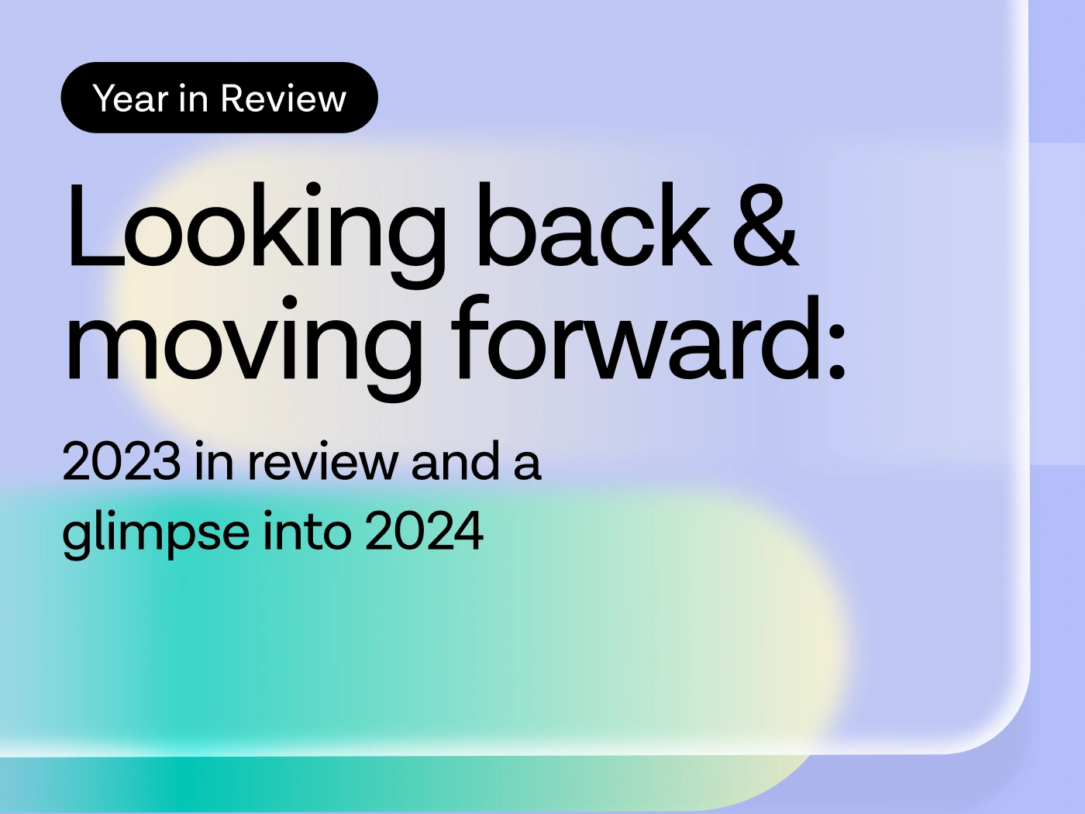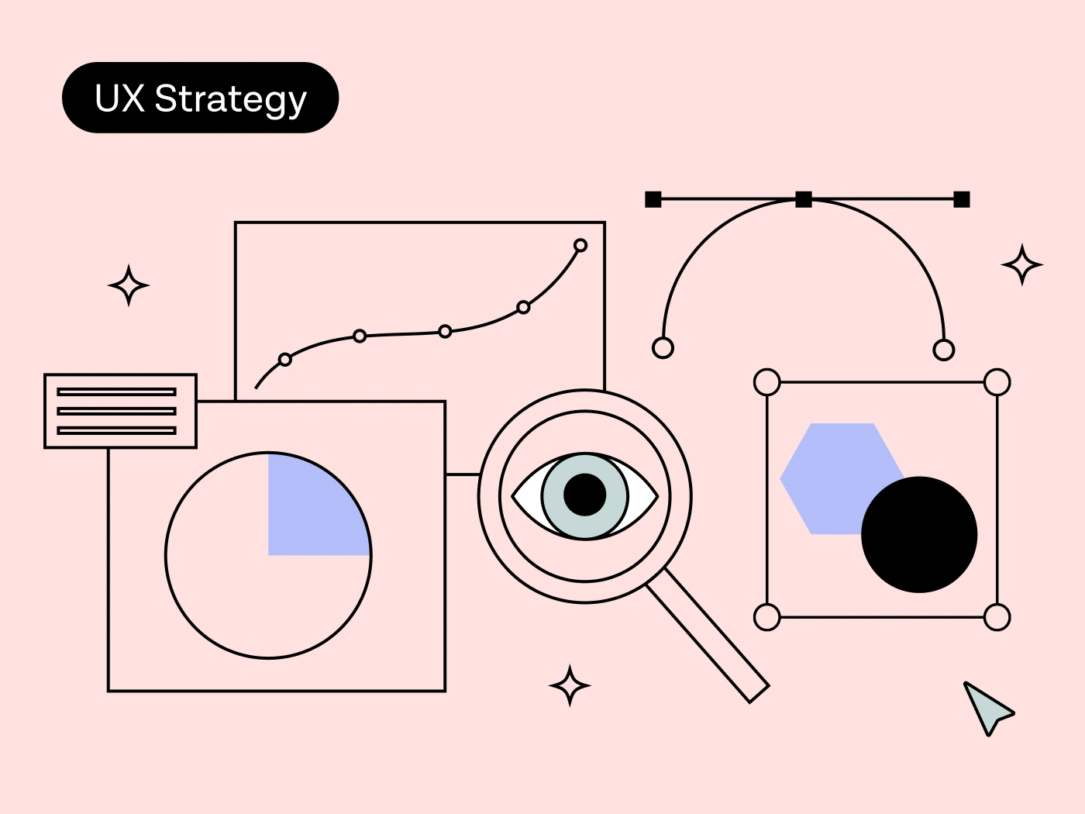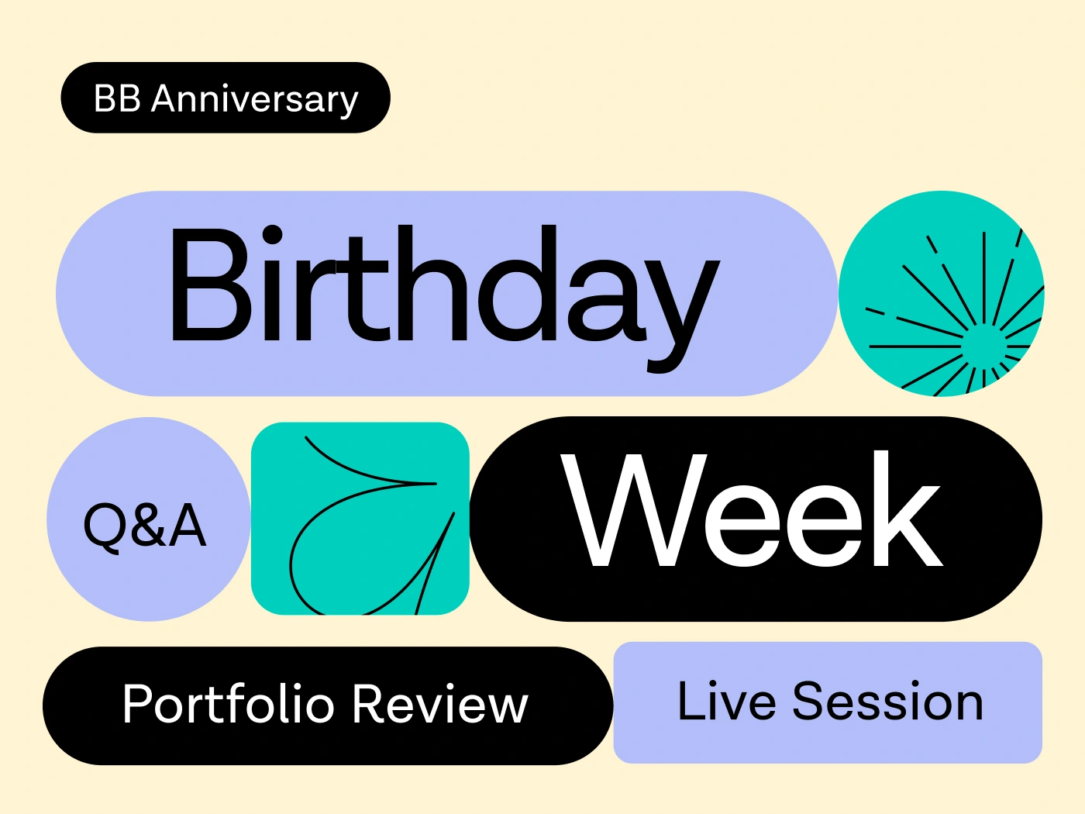Collaboration Beats Competition in a Remote Agency. Here’s Why.
In a fully remote agency like BB, competition can quietly build or quietly kill collaboration. We’ve seen both.
We’ve seen what happens when people try to outshine each other—designers polishing solo Figma files until the last minute, developers building features without syncing, everyone focused on looking good instead of making the work good. That kind of thinking slows us down, creates tension, and burns people out. Especially in a remote setup, where you don’t see your teammates or overhear conversations, silence can easily be filled with assumptions or disconnection. What fills that space depends entirely on the culture you build and we’ve worked hard to build something great.
Competition isn’t always toxic. It can push people to do better, but if the goal becomes personal validation instead of team progress, everything suffers. Especially in a remote environment where it’s easy to hide behind good async hygiene while working in a silo.
What Real Collaboration Looks Like
Collaboration is all about shared effort. It invites diverse perspectives and cross-functional problem-solving. Designers bring empathy and visual storytelling, developers bring technical insight, and others contribute perspective from research, strategy, or user behaviour. When we blend those skills early and not wait for handoffs, we move faster, solve smarter, and avoid costly missteps. This also changes how we present to clients. Clients feel it when we show up aligned and they notice when we don’t.
The best work we’ve shipped came from full-team input, not individual heroics. UX, UI, strategy, and development all pulling in the same direction from the start. No ego. Just shared accountability and constant check-ins. Collaboration is baked into how we operate:
- Designers join discovery calls before they officially start
- Developers shape product logic alongside design, not after it
- Project managers help build the story in pitch decks, not just track deadlines
- Feedback flows early, often, and without filters
We own up when we get it wrong. We also don’t wait for permission to speak up. At BB, feedback is expected. We share in-progress work. We listen to ideas we didn’t come up with and we are open to them being better than our own. We ask for help. ”I’m stuck” isn’t a weakness, but a collaboration starter.
Remote Work Adds Unique Challenges and Opportunities
Remote teams don’t have casual desk-side conversations or spontaneous brainstorming sessions. You don’t feel momentum in the room and you don’t get visual cues to know if someone’s checked out or struggling. Remote makes everything harder. That means we must be intentional about fostering collaboration and aware of how competition manifests behind screens.
When team members feel disconnected or uncertain about how their work fits into the bigger picture, it’s natural to focus inward. That’s why we emphasise clarity, regular check-ins, and open channels where feedback flows both ways. We expect people to ask for input early and say when they are overwhelmed.
Autonomy doesn’t mean isolation. At BB, you own your work, but you share your process. Balancing individual creativity with group accountability is key. The reality is: you can be the best at what you do, and still lose if you’re not supported by a system that works together. We don’t hire independent operators. We hire people who think for themselves and still make the team stronger.
The Culture We’ve Built
We’ve worked hard to build a culture where collaboration is the default. Here’s what that looks like day to day:
- Leaders Lead by Example – If team leads don’t share their process, ask for feedback, and admit mistakes, why would anyone else?
- Feedback is expected – Every designer presents work-in-progress. Every PM gets peer input on timelines. Nobody waits for permission to speak up.
- Celebrate Team Wins Publicly – We have a #bb-shout-out channel in Slack for team recognition.
- Don’t hoard drafts – If your first draft is perfect, you shared it too late. Let others help shape it while it’s still moldable.
- Design Projects for Cross-Team Input – We intentionally pull in people early. Don’t wait for handovers. Instead, invite input from devs, PMs, designers, and others from the jump. Think: “Whose perspective are we missing?”
- Tools are public – Slack channels stay open. Figma files are visible. Updates live in Teamwork. If someone has to chase down context, we failed.
- Language matters – In team updates and client presentations, language matters. We don’t say “I designed this.” We say “we built this.” Because we did.
Collaboration in Action
Pushing Together Under Pressure
One of the clearest examples of BB-style collaboration came during a high-pressure rebrand and website launch. The timeline was brutal. Deadlines moved as last-minute changes kept coming. It could’ve easily led to finger-pointing or burnout.
Instead, the opposite happened. Design, dev, PM, and strategy teams pulled together. No one said, “That’s not my job.” Everyone asked, “What else needs to be done?”
We noticed and rewarded everyone who helped push the project across the finish line, not just for the hours, but for the mindset. Collaboration under pressure isn’t about checking boxes. It’s about showing who you are when things get hard.
Choosing Growth Over Blame
Another project showed a different side of collaboration—emotional maturity.
Midway through, a client raised concerns about our collaboration after we changed designers. It was a challenging client: demanding, inconsistent, quick to criticise. The easy move would’ve been to blame the switch or label the client as difficult but the team didn’t go there. They met internally first, not to vent, but to reflect. What broke during the handover? What expectations weren’t aligned? Where did we drop the ball?
That reflection led to real improvements: a workshop on managing designer transitions, better internal feedback loops and a stronger plan for handling difficult client dynamics.
Team Voices
Katarina, Project Management Team Lead:
“From the beginning of a project, everyone including PMs, designers, developers and others are looped in early. We don’t wait for handovers. If a UI mockup helps in discovery, designers join early. We help each other with presentations. The whole team feels aligned and confident.”
Instead, the opposite happened. Design, dev, PM, and strategy teams pulled together. No one said, “That’s not my job.” Everyone asked, “What else needs to be done?”
Vicente, Brand Design Team Lead:
“When we’re on tight timelines, like building a brand for a pre-launch startup, we move fast. The team runs short sprints, creates options, and develops each other’s ideas. We don’t argue over ownership, we just build together. That’s structured collaboration, and it works.”
Wes, UI Design Team Lead:
“Recently, I was stretched across multiple projects and retainers, and it became clear I couldn’t cover everything alone. With the UI team already at capacity, we worked with the PMs to identify the top priority. We decided to reassign a teammate to my project and pause some of their work that had more timeline flexibility. While switching designers early isn’t ideal, the strong collaboration within the UI team made it a smooth transition.
By aligning across departments and staying flexible, we solved a resourcing challenge without major disruption.”



